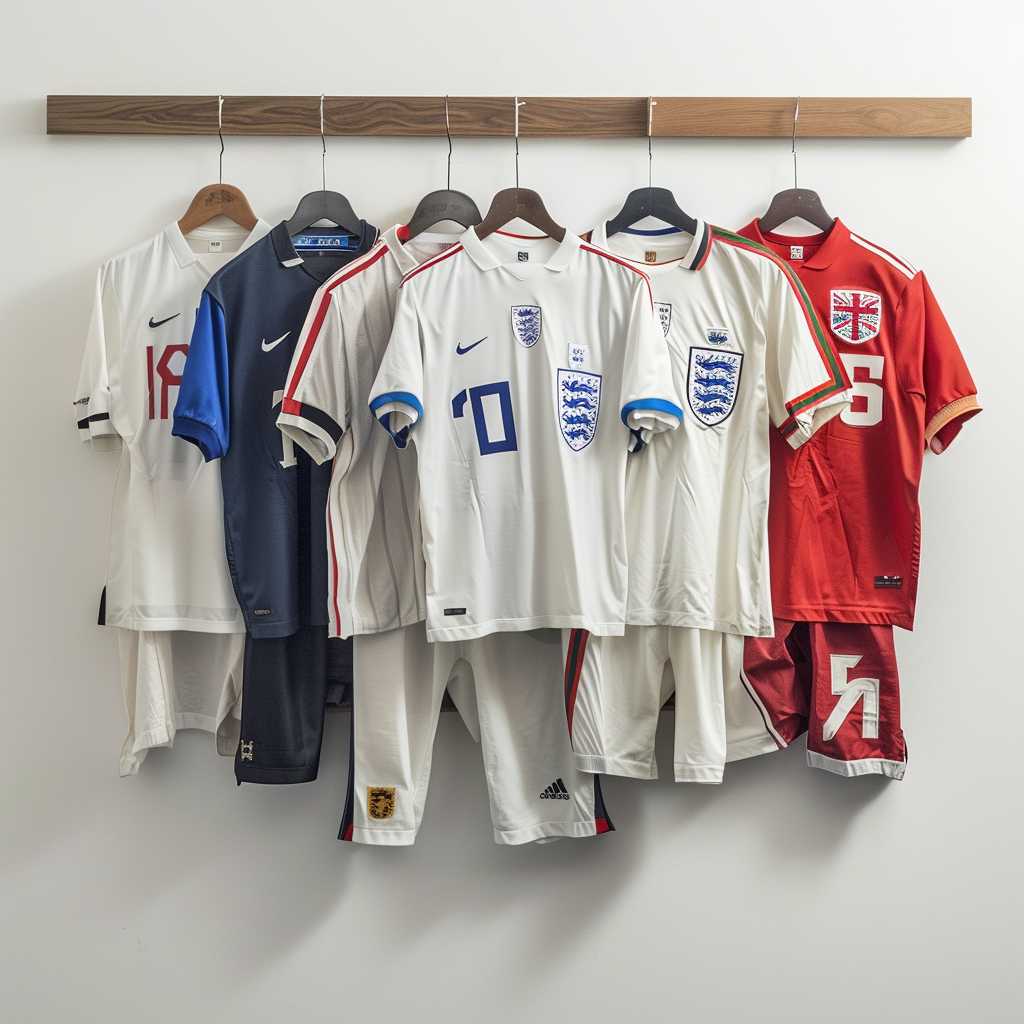An In-Depth Look at the Evolution and Importance of the England Football Kit
The England football kit is an ensemble that carries significant cultural and historical weight—not only for football fans but for the nation at large. Synonymous with pride and performance, the kit represents a tangible connection between the nation’s identity and its beloved sport. This article delves into the history, design elements, manufacturers, and marketing strategies intertwined with the evolution of the England football kit.
Early Beginnings and Historical Transformations
The England national football team played its first international match against Scotland in 1872, donning a white shirt that has become endemic to their identity. The choice of color is believed to reflect the association of white with purity and sportsmanship. The original kits were simplistic, featuring heavy cotton fabrics without the embellishment of today’s modern apparel.
Over time, these kits have evolved significantly. The transition from heavy woolen shirts to synthetic fibers in the late 20th century was a turning point that capitalized on technological advancements, thus enhancing players’ performance through thoughtful design.
Design as a Reflection of Time and Culture
The design of each kit tends to reflect its era’s cultural approach. Whether it was the early collared jerseys or the revolutionizing skin-tight kits introduced in the early 2000s, every iteration tells a story about aesthetics and functionality prominent at that time.
Stripes and flashes have come and gone; collars have been added and removed — always reflecting both football’s shifting styles and England’s own brand. The Three Lions crest, proudly displayed on every England shirt, remains a symbol of heritage and nationalism associated deeply with English football tradition.
Manufacturing Giants Behind the Kit
Adidas, Umbro, and Nike are among the major manufacturers that have designed England kits over the decades. Umbro notably outfitted the English team for several years, becoming synonymous with classic England shirts until Nike took over as the supplier in 2013. Each brand brings its innovation to material technology, design features such as ventilation systems, and an aesthetic connection to England’s social and sporting culture.
From Athletic Wear to Fashion Statement
Football kits have progressively moved from mere athletic necessaries to fashion statements — generating its own subculture of retro-kit collectors and fans who consider their national team’s apparel a part of their lifestyle wardrobe. Limited edition releases and retro designs connect generations of fans while bolstering sales.
Integrating Technology and Innovation
With advances in fabric technology, manufacturers have sought to continually improve performance with considerations toward temperature regulation, aerodynamics, moisture-wicking materials, and even integration with smart technology to monitor athlete health metrics during play.
The Kit and National Events
The release of a new kit is frequently timed to national events like the FIFA World Cup or UEFA European Championship. With such timed releases, kit launches can encourage a surge in national solidarity—through strategic marketing campaigns that often invoke narratives of nostalgia, hope, excitement about an upcoming tournament, national pride, and inclusiveness.
Marketing and Commercial Successes
Kit advertising campaigns garnish international focus. Manufacturers enlist renowned players past and present, leveraging social media platforms for expansive reach. From viral unveilings to tie-ins with music, fashion, and pop culture icons—the marketing aspect of modern kit releases transcends sports commerce.
Environmental Considerations
Increasingly, environmental considerations factor into kit manufacturing processes—be it through recycled materials or pledges for minimal environmental impact. Sustainability has become more than just a trend: it’s often highlighted as a key selling feature to ethically-minded consumers.
